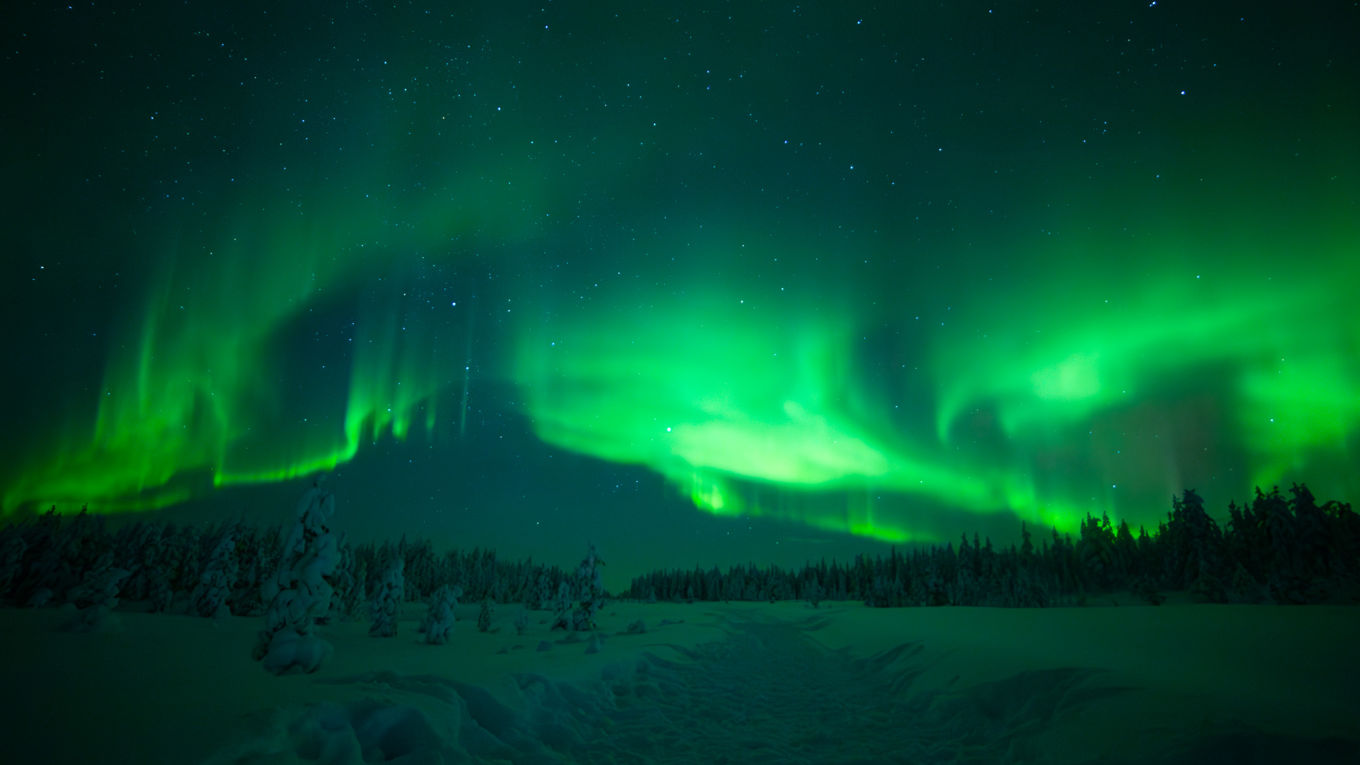Why Lapland Is the Best Place on Earth to See the Northern Lights
Lapland is one of the few places on Earth where the Northern Lights appear regularly and vividly. What makes it truly special is how easy it is to step outside, look up, and see the sky come alive. With vast wilderness, clear air, and very little light pollution, Lapland offers ideal conditions to witness this beautiful natural phenomenon.
Unique Arctic Location at the Heart of the Aurora Zone
Lapland lies directly beneath the auroral oval, where the Northern Lights are most frequent and intense. This natural advantage gives the region one of the world’s highest probabilities of aurora sightings during the dark season. From Tromsø to Rovaniemi, the entire region sits in a prime viewing zone, giving travellers strong chances of seeing the lights across many destinations.
Low Light Pollution and Vast Wilderness
Lapland’s wide landscapes are defined by open skies, frozen lakes, and endless forests. The clear northern air and minimal light pollution create ideal conditions for watching the aurora in comfort and silence. From the frozen lakes of Inari to the peaceful forests of Pyhä-Luosto, Lapland’s wilderness trully offers one of the clearest night skies in the world.
How Lapland Private Maximizes Your Chances of Seeing the Aurora
We know seeing the Northern Lights will be one of the highlights of your trip, and at Lapland Private, we dedicate great care to ensuring every guest has the best possible chance to experience them. Our travel designers select expert guides who understand local weather and solar forecasts, choose the right night to go out, and even adjust or move tours if skies turn cloudy. This flexibility and attention to detail are what make our aurora experiences truly successful!
When Is the Best Time to See the Northern Lights in Lapland?
Quick answer: The best time to visit Lapland for Northern Lights is from mid-August to early April.
These months bring long, dark nights and clearer skies, making it easier to witness the magic above. Aurora activity also often peaks around the equinoxes in September and March, when solar winds are at their strongest.
Keep in mind that the Northern Lights are a natural phenomenon, and nature always has the final word on when they appear! Luckily, experts expect 2025 and 2026 to be among the most active years in the next decade! The sun is reaching a phase of maximum activity, which greatly enhances aurora visibility across northern Finland.
The Four Key Factors for Northern Lights Visibility
Seeing the aurora depends on a few essential elements:
-
Solar Activity – Charged particles from the sun create the aurora. The stronger the solar activity, the brighter the display.
-
Clear Skies – Cloud cover is the most common reason the aurora goes unseen, so timing and flexibility matter.
-
Low Light Pollution – The farther you are from city lights, the better your view. If the sole purpose of your trip is Northern Lights hunting, then you might also consider checking the moon cycle to avoid a full moon period!
-
Location and Guidance – A knowledgeable local guide can read forecasts and take you to the right place at the right time.
To help you plan your trip at the right time, we’ve prepared a month-by-month Northern Lights guide. Each period in Lapland has its own character, from the first soft lights of late summer to the bright winter nights of March. Knowing what to expect each month will make it easier to choose the moment that suits your travel style best.
Lapland Northern Lights Season – Month-by-Month Guide
-
1August – The First Glimmers of Aurora
The first faint auroras return as nights begin to darken.
-
Average Temperature: +5°C to +15°C
-
Darkness: Around 4–6 hours
-
Clear Sky Chances: Moderate
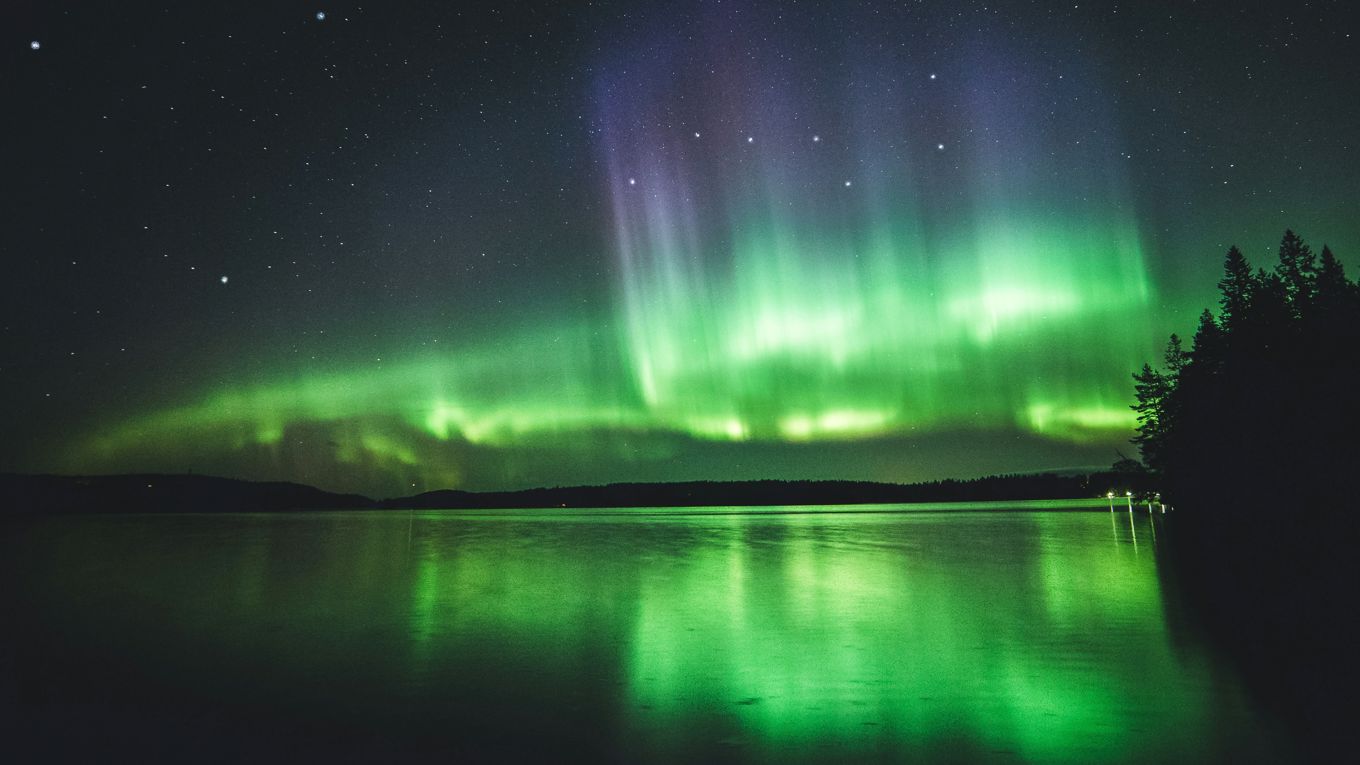
-
-
2September – Active Skies and Mild Weather
Early autumn offers colorful landscapes and high aurora activity.
-
Average Temperature: 0°C to +10°C
-
Darkness: Around 8–12 hours
-
Clear Sky Chances: High
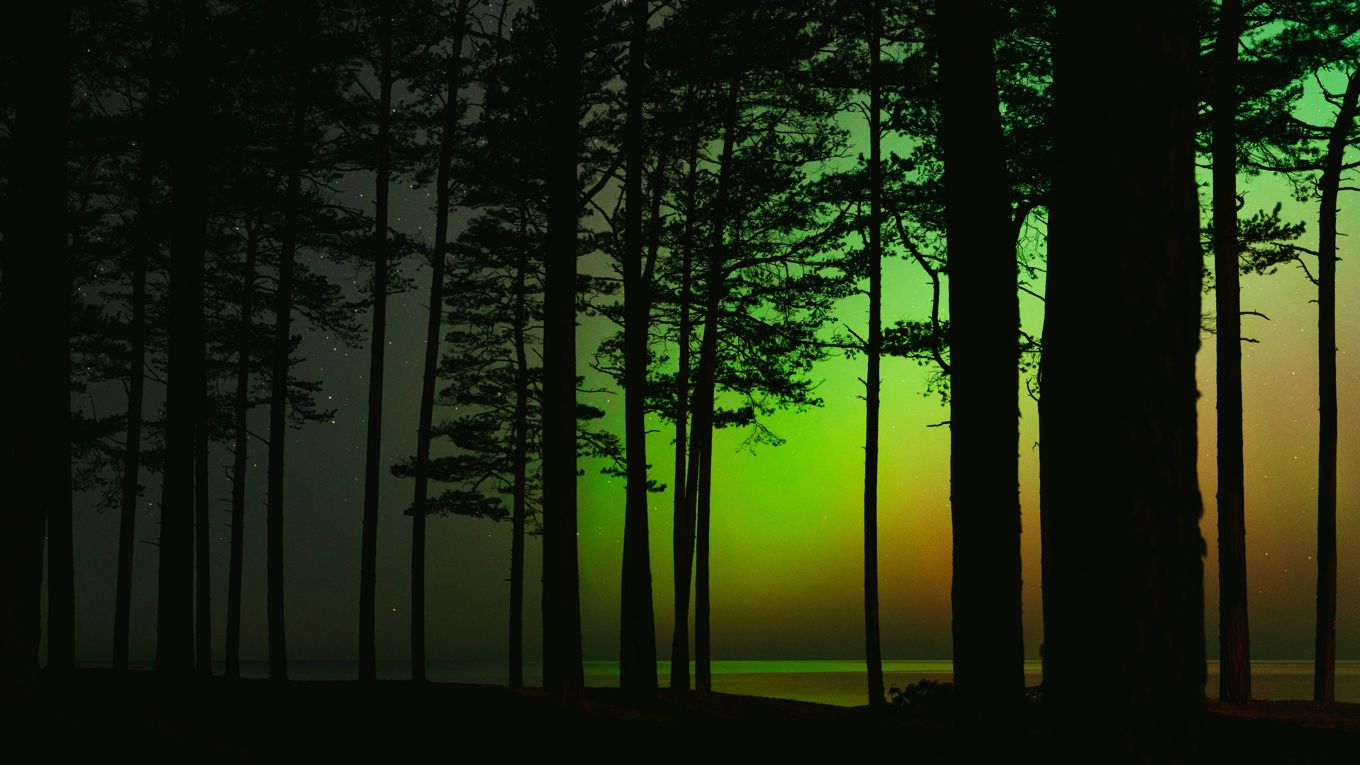
-
-
3October – Crisp Nights and Calm Lakes
October brings colder nights and the first snow in the north, with steady chances of clear skies.
-
Average Temperature: -5°C to +5°C
-
Darkness: Around 12–16 hours
-
Clear Sky Chances: High
-
-
4November – Darkness Deepens
Long nights return, providing a perfect setting for aurora viewing as winter begins to settle in.
-
Average Temperature: -10°C to 0°C
-
Darkness: Around 16–18 hours
-
Clear Sky Chances: Moderate
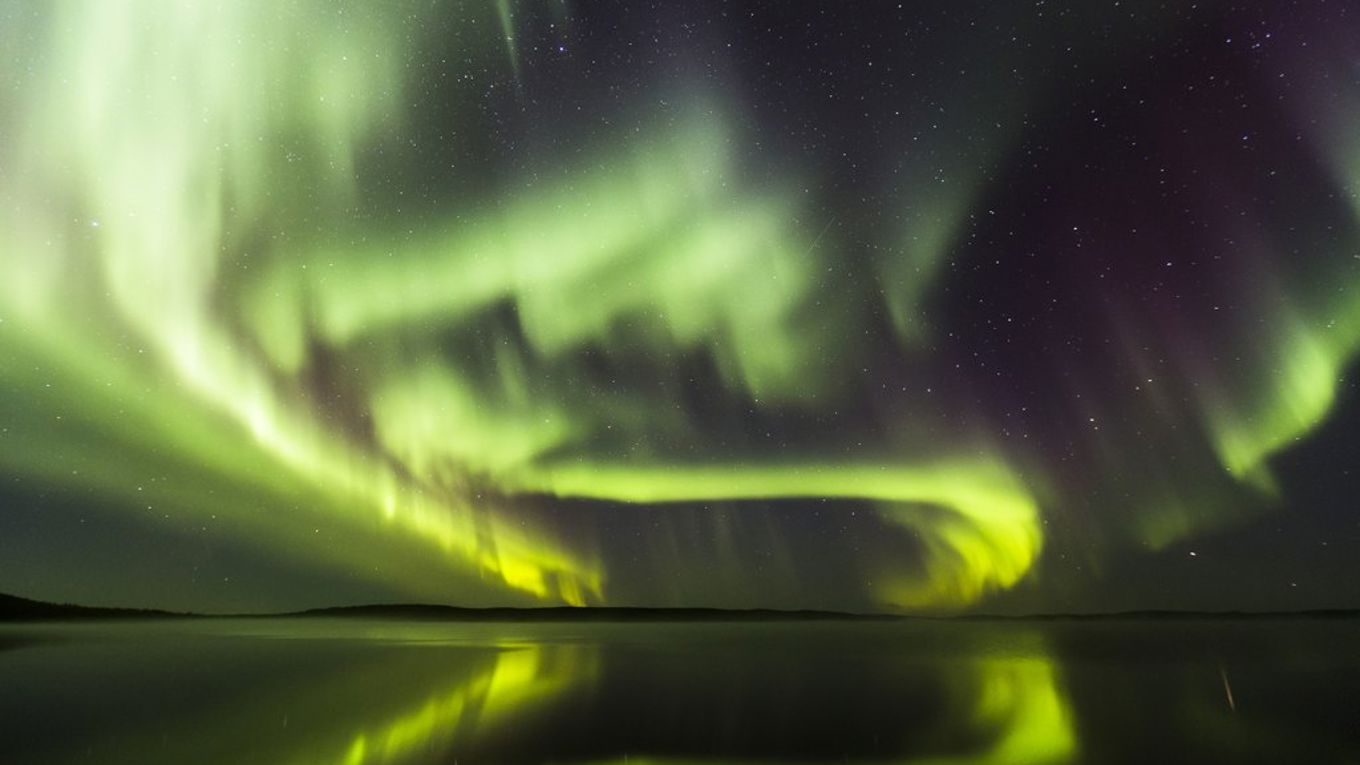
-
-
5December – Auroras Over the Christmas Landscape
December nights are long and filled with a special atmosphere, the christmas magic adding a whole new layer to the experience!
-
Average Temperature: -15°C to -5°C
-
Darkness: Around 20–22 hours
-
Clear Sky Chances: Moderate

-
-
6January – Peak Aurora Season
January is the most reliable month for clear, dark nights.
-
Average Temperature: -20°C to -10°C
-
Darkness: Around 18–20 hours
-
Clear Sky Chances: Very High
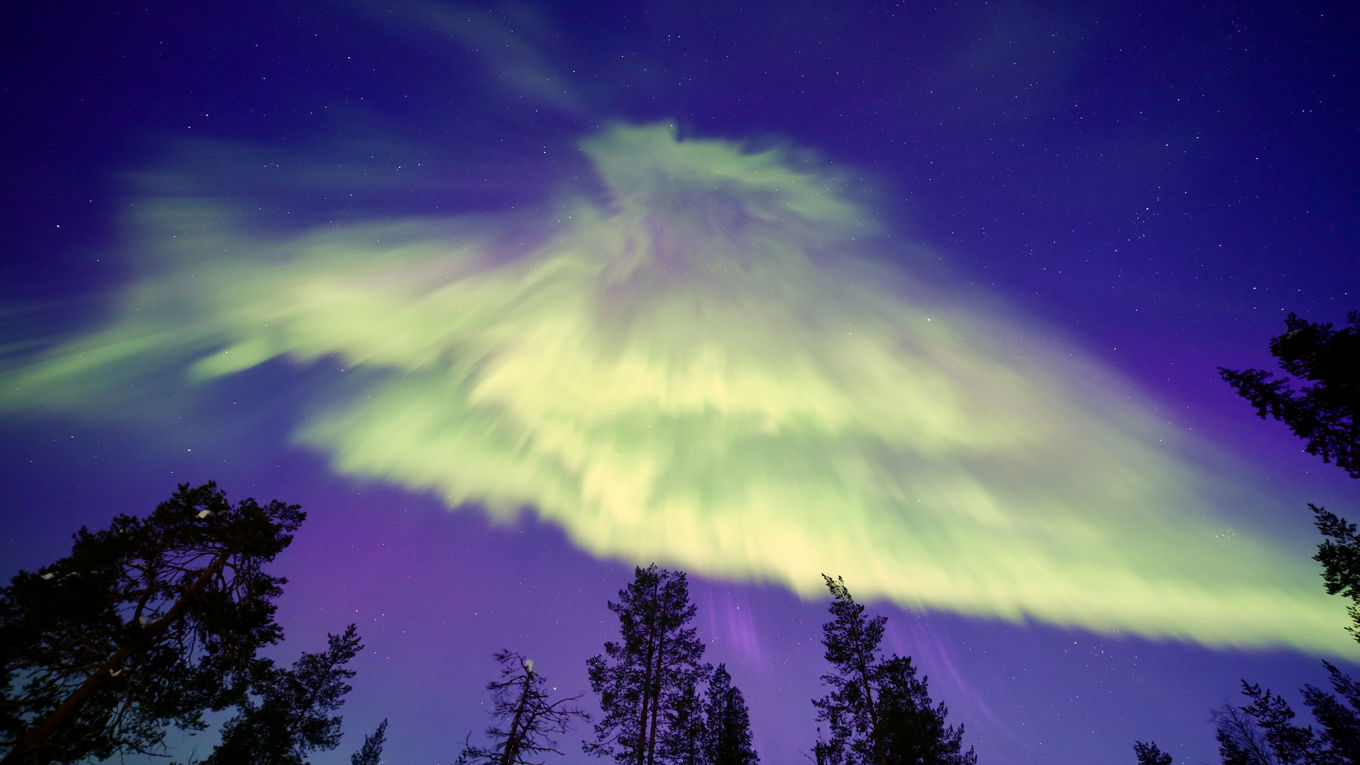
-
-
7February – Bright Days, Brilliant Nights
Crisp days and cold, starry nights make February an ideal month for aurora seekers.
-
Average Temperature: -15°C to -5°C
-
Darkness: Around 14–16 hours
-
Clear Sky Chances: Very High

-
-
8March – The Grand Finale
March brings a balance of daylight and darkness, with some of the strongest displays of the year.
-
Average Temperature: -10°C to 0°C
-
Darkness: Around 10–12 hours
-
Clear Sky Chances: Very High

-
Best Places in Lapland to See the Northern Lights
Finland offers good chances to see the Northern Lights across all its Lapland destinations. The further north you travel, the less light pollution you’ll find and the closer you get to the auroral zone, which increases visibility and frequency. Each area has its own atmosphere and balance between comfort, accessibility, and wilderness.
Rovaniemi – Aurora Hunting by the Arctic Circle
Rovaniemi offers both the convenience of a big town and true proximity to nature. Just a short drive from the city center, you'll be able to find open skies and quiet spots that are ideal for aurora viewing.
Inari & Saariselkä – Remote Wilderness Viewing
Farther north, Inari and Saariselkä offer some of Finland’s clearest skies. Their untouched nature and cultural richness make every aurora sighting feel unique and personal. You'll find less crowds here, so the experience always feels extra special.
Pyhä & Luosto – Perfect Mix of Comfort and Nature
In Pyhä, you can combine cozy accommodation with guided Northern Lights tours into the surrounding national park. These areas balance comfort with excellent visibility opportunities.
What Time of Day Is Best for Aurora Viewing?
The best hours for aurora watching are usually between 21:00 and 02:00, when geomagnetic activity peaks. Clear, moonless nights give the best visibility, and real-time aurora forecasts can help identify promising evenings. It is often worth stepping outside more than once during the night as the lights may appear suddenly and vanish just as quickly. You may catch them when you least expect it!
How to Maximize Your Chances of Seeing the Aurora
-
Stay at least 3–4 nights to increase your chances
-
Choose remote accommodation with clear northern horizons
-
Watch aurora and weather forecasts daily
-
Book private winter experiences in Lapland with professional guides who adjust to real conditions
-
Explore our Lapland Weather Guide for planning insights
Beyond the Northern Lights – Other Lapland Light Phenomena
We know that seeing the Northern Lights is a bucket list activity in Lapland for many travelers, but there's way more to discover! Light shapes life here, and the aurora is only one part of it. As the seasons change, the sky transforms, from bright summer nights to long, peaceful winter days.
During the Midnight Sun (May–July), the sun never sets, filling Lapland with soft golden light around the clock. In contrast, the Polar Night (December–January) brings shorter days and calm, blue hours that make the north feel quiet and lost in time.
Each season offers a different way to experience Lapland. Living under the Midnight Sun can be just as memorable as watching the Northern Lights, so if you ever have the chance, visit us in summer as well!
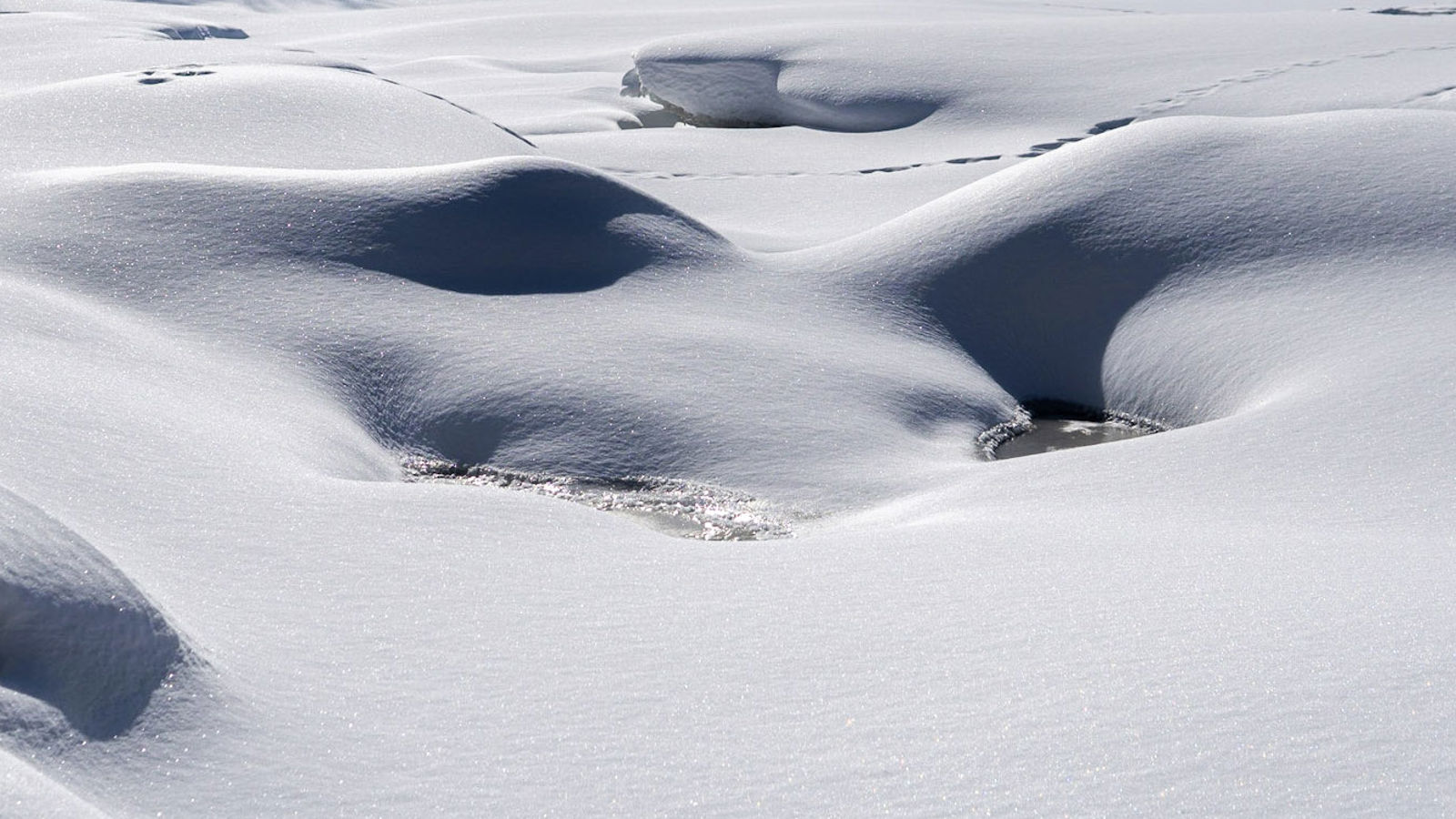
Ready to plan your Northern Lights trip for 2025 or 2026? Contact Lapland Private and let our travel designers build a tailored journey that aligns with the season and real conditions. With local expertise and thoughtful planning, your aurora experience becomes seamless from start to finish.
Contact UsFAQ – Northern Lights in Lapland
When is the best month to see the Northern Lights?
Can you see the Northern Lights in summer?
Where in Lapland are the skies clearest?
Do I need a guide to see the Northern Lights?
How cold does it get during aurora season?

